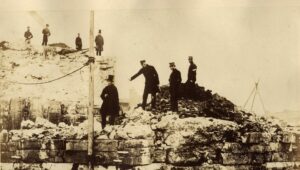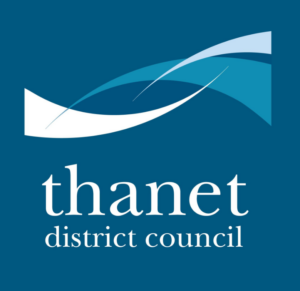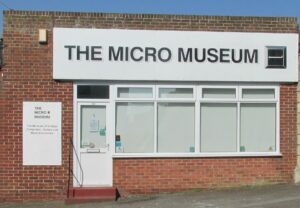- 01843 834160
- [email protected]
- Mon - Fri: 9:00 - 17:00
The history and development of Burgess Hill

Burgess Hill is a bustling and fast-growing town that mixes the liveliness of a town with natures beauty with the South Downs National Park.
The town itself is steeped in history with its growth from the ancient parishes of Claytown and Keymer, both being Saxon settlements and mentioned in the Domesday Book.
The name ‘Burgess Hill’ is believed to be directly derived from that of the ‘Burgeys’ family who were taxed in the area in 1296, 1327 and 1332 when the name of John Burgeys appears on the Subsidy Rolls.
The first National School was opened in around 1838 in a disused stable, moving diagonally across the London Road to occupy the corner of Pottery Lane (Station Road) and London Road in 1850. Mr and Mrs Henry Breed and their daughter Esther were the first teachers.
Among its pupils have been Vallence Jupp, the Sussex and England cricketer, and Donald Sinden, the actor. Junction Road (Manor Field) School opened in 1890 and there were a number of private schools many of them taking boarders.

Photo © Ben Brooksbank
THE RAILWAY AGE
The building of the railway started in 1838 and cut through several farms including Peppers Farm in Lye Lane (Leylands Road), Yew Tree Farm, Anchor Farm and Burgess Hill Farm. Between 1850 and 1880 the area changed from a relatively quiet rural backwater into a country town with a population of about 4500.
Almost all the solid Victorian middle-class houses built in the second half of the 19th century have survived, as have most of the terraced workmen’s cottages now modernised and providing a standard of comfort far beyond the dreams of their former occupants. St John’s Chapel, in Lye Lane, was built by public subscription in 1829 as was St John the Evangelist in 1861. St Andrews was built later in 1908 but was established in a school room in Cants Lane from about 1880.

Photo © Les Whitcomb
RECREATION
The Burgess Hill Town Football Club was formed in 1882. Cricket was played in St John’s Park. Many other activities including concert parties were held at the St John’s Literary Institute (Park Centre), built in 1872 and given to the town by Madame Emily Temple, which also housed many other events including religious and political meetings. One notable visitor was Doctor Barnado.
THE TWENTIETH CENTURY
The period between 1900 and 1939, broken only by the cessation of building operations during the Great War, was one of steady growth in residential accommodation mainly along existing roads. From 1952, when Second World War controls on building were lifted and strict planning and building regulations came into force, large scale expansion once more began. The population almost doubled to 14,000 between 1951 and 1961. Much of Burgess Hill’s residential housing dates from this time, with the Martlets Shopping Centre added in 1972.

Photo © Peter Jeffery
In 1974 local government reorganisation and boundary changes moved the town into West Sussex and the newly formed Mid Sussex District Council took over many of the old U.D.C. duties. The Burgess Hill Town Council, set up in 1974, has the status of a parish council but nevertheless performs a valuable function in protecting and promoting interests of the residents by acting as a focal point for the expression of local opinion.
More major redevelopment followed in the 1990s with the creation of the Indoor Market Place Shopping Centre; the construction of the Jane Murray Way and the A2300 Link Road to the A23/M23 to the west of the town; the Triangle Leisure Centre, opened by Her Majesty the Queen in 1999; not to mention several hundred new homes.
The town is vigorous and thriving, boasting a population of around 30,000 and well set to move with the times, as it always has done, with great success.
You are able to keep up to date with our articles, news and publications by following us on our social media channels below:












